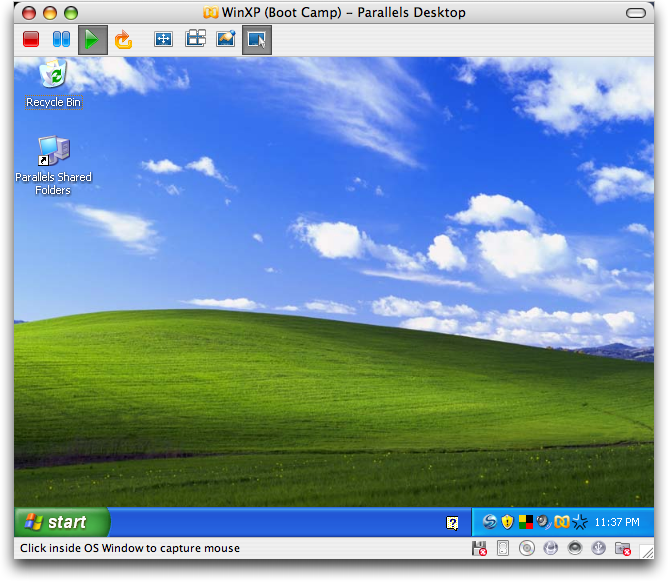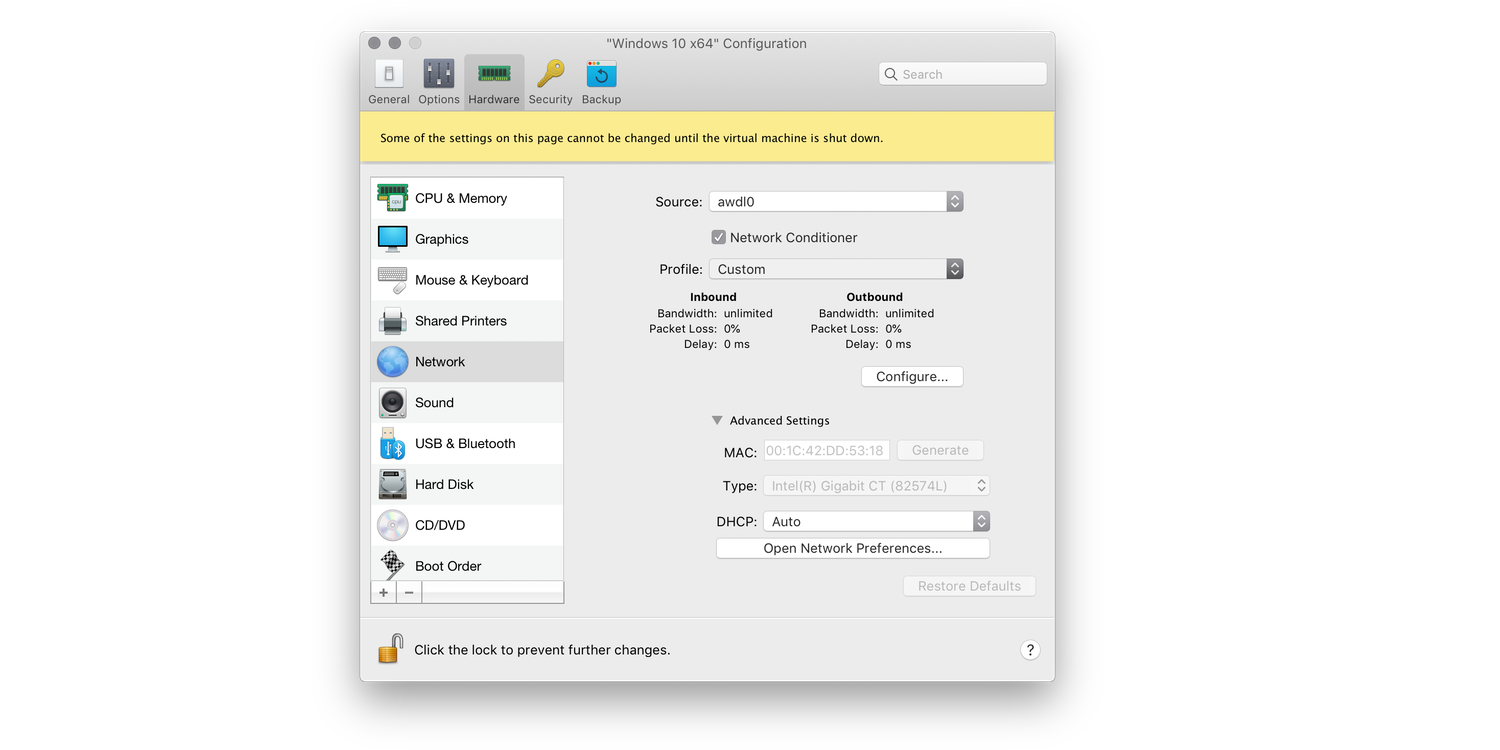- Mac Restarts On Its Own
- Mac Restarts To Blue Screen
- Parallels 14 For Mac Restarts Windows On Shutdown Corner
- Mac Restarts Randomly
The only way I can get it back is to shut down the program and reopen it. The Problem is sporadic. I have tried shutting down and restarting both Windows and the Mac operating systems to no avail. Parallels Desktop 14 for Mac Home Edition. Windows 10 hangs with black screen on startup or shutdown. APPLIES TO: Parallels Desktop for Mac Business Edition. Check the issue by restarting Windows 10 several times, if it will be fixed, to identify which software/service was causing it, re enable every software/service one by one, once. Parallels 10 is packed with virtualization features and full support for Windows 10. High annual upgrade costs hold it back, but it’s still a fantastic piece of software. For many Mac owners. Jan 18, 2012 Lion hangs on shutdown or restart. Discussion in 'Mac OS X Lion (10.7)' started by JP123, Jan 2, 2012. It seems to happen when I have multiple apps open and the 'reopen windows' box selected and try to shutdown/restart etc.
Parallels Desktop 14 Crack is honest to goodness programming to run a virtual machine on your Mac machine. The product encourages you to run Windows OS on your Mac with no need another windows machine, all that you require is a crisp duplicate of windows as.ISO expansions. Hello I recently purchased iMac so I tried to set up things so that I can remove my old windows desktop away and still be able to use both Mac OS and Windows If I shutdown from Windows, it boots up by itself in 2~3 seconds. Parallels Desktop 14 Crack is honest to goodness programming to run a virtual machine on your Mac machine. The product encourages you to run Windows OS on your Mac with no need another windows machine, all that you require is a crisp duplicate of windows as.ISO expansions.
I am starting my first year in college as a Comp Science major and am thinking of purchasing a new Mac. I've made up my mind to buy the 13' Macbook Air with 4GB RAM, 1.7 GHz I5 processor, and 256GB hard drive, and purchase a Mac Mini later on in my years at college. (If using the Mac Air is ill advised, please let me know your opinion, as I'm clearly a newb in the computer game. Though I do enjoy the portability, I don't want to sacrifice power to the point where I can't get any programming done on the thing or it will be too hectic for me to do so). I am considering purchasing Parallels for Mac in order to run other operating systems such as Linux or Windows from my external hard drive for testing and such. Does this make the computer any slower? What about if I partition the hard drive to run both OSX and Windows as opposed to installing Windows on an external HD? All-in-All I would like the OSX to be my main OS
Any information is greatly appreciated and I look forward to spending a lot of time here :)
Thank you
migrated from stackoverflow.comSep 12 '11 at 3:00
This question came from our site for professional and enthusiast programmers.
2 Answers
IMO on an an MBA you will defiantly notice a difference when running the virtual machine.
I make my living as a embedded software engineer, so I running Parallels on my Mac has been a requirement to still use all of the Windows only tool chains / compilers. I will give you a quick summary of my current system and past systems along with the issues I encountered.
Mac Restarts On Its Own
Current System
2011 Macbook Pro 2.0GHz i7 with 8gigs of RAM
Lion + Parallels 7 (and Boot Camp) to run Windows 7 Pro.
This setup is an absolute dream. I generally run Windows 7 virtualized all day long and unless I put a Windows application / program into a tight while loop I cannot even tell that the VM is running.

Mac Restarts To Blue Screen
Previous System
Early 2008 Macbook Pro:
Intel 2.5GHz Dual Core CPU and maxed 4 gigs of RAM.
Snow Leopard + Parallels 7 (and Boot camp) to run Windows 7 Pro.
I can tell you without a doubt, when I was running the VM it became very noticeable and painful when using Windows applications. In general anytime I needed to use a Windows App I would restart and boot into Windows natively.
Thoughts on the Air
Seeing how the specs on the Air are similar (minus the SSD) to my previous setup, I think it might quite noticeable when running the VM. A show stopper? Most likely not.
Honest Opinion
If you plan on using a VM during normal operations, I would strongly advice to look into the 15' Macbook Pros with an i7. If you only plan on using the VM occasionally and it doesn't bother you to reboot, I think an Air will suffice. No matter what you do I would try to max out the RAM on any build you get. One of the beautiful things about Parallels is that you can configure each VM to use X number of CPUs available and X amount of RAM.
Other Thoughts
You can't install Windows on an external drive (without a whole heck-of-a-lot of work). Windows does not support this in any way shape or form.
I currently have the 13' 1.7 i5 w/ 256 SSD... I just moved from a 2007 MacBook Pro w/ a 2.4Ghz Core2Duo, 4GB of RAM, and a 500GB HDD. I do a lot of content creation and have a 30GB partition for Windows and occasionally boot to it via bootcamp or run it in OS X under VMWare Fusion. I love this system!

With VMware or Parallels, there are daemons (services) running in the background that take a little memory, but shouldn't impact day to day performance. I opted to remove the VMWare menu bar context menu because I really don't need or want it taking up resources when I'm not using it.
With the overall speed and performance of the system, these applications will have little impact on your system when you're not using them.
When you are running the virtual machines, the one drawback is you will only have 4GB of RAM to Split between OS X and your virtual guests - fortunately, Windows 7 is pretty slim and I give it 2GB of RAM to works with as well as 2 CPU's (of the 4 logical cores) and I have not noticed any performance issues while in OS X. If I find myself doing something more cpu-intensive in Windows - then I'll reboot and run Windows on its own. Both VMWare and parallels support Bootcamp partitions so you can run Windows under OS X or on their own.
I have no issues giving my full recommendation of this system for your needs. Keep in mind if you are a pack rat, then you might have issues with the limited storage. The past month with this machine has been a lesson in being selective of the information and applications on my system, but much of the stuff that I had on my old MacBook Pro was collecting dust anyway.
For the portability, speed / power, and battery life, this would be a great college machine for many people. The only instance where I would say you should get a MacBook Pro is if you know you are going to cross the 256GB barrier or planned on running multiple Virtual Machines at once - then you would want 8GB of RAM - an upgrade you could perform with the Pro.
Not the answer you're looking for? Browse other questions tagged windowsperformanceparallelsmacbook or ask your own question.
What happens when you use the Virtual PC / Virtual Server / Hyper-V user interface to shut down a virtual machine?
At the simplest level – we send a message over to the virtual machine that asks the guest operating system to shut down, and then we wait.
But this is where things get a little tricky.
We can send a request to shut down the guest operating system, and we can know whether the request to shut down was received or not. But once the shut down process begins – we have no idea what is happening. This comes from two issues:
- Almost no operating system today has a method for reporting shut down progress. They just try to shut down as quickly as possible.
- At some stage during the shut down process the guest operating system will shut down the components that we have running inside the virtual machine that allow us to monitor what is going on.
So instead of trying to monitor the shut down process – we just fake it.
When you select to shut down a virtual machine – we send the request to shut down. Once we receive confirmation that the operating system has started shutting down we display a progress bar in the user interface. This progress bar is 100% fake. All that we are doing is watching to see if the virtual machine turns off, and counting to 5 minutes. We slowly increase the progress of the fake progress bar – and if we see the virtual machine turn off by itself we assume that shut down was successful. We then set the progress bar to 100% and report that shut down was successful.

If the 5 minute timer is met and the virtual machine has not shut down – this can pose another problem for us. It is highly likely that, while the virtual machine machine has failed to shut down, our integration services have been stopped. This means that we may not be able to issue a second request to shut down.
Because of this, if the virtual machine is still running after 5 minutes – we report that shutdown has failed and that you should go and have a look at at. This can lead to a strange experience if the virtual machine takes just over 5 minutes to shut down – as this will result in us displaying an error message moments before success.
Parallels 14 For Mac Restarts Windows On Shutdown Corner
We have discussed the idea of simulating an ACPI power off command instead of using an integration service. This would make shutting down a virtual machine with the shut down button equivalent to hitting the power button on a modern computer. The problem with this approach is that you can configure most operating systems to do nothing when the power button is pressed – which would be confusing for the end user.
Mac Restarts Randomly
Cheers,
Ben